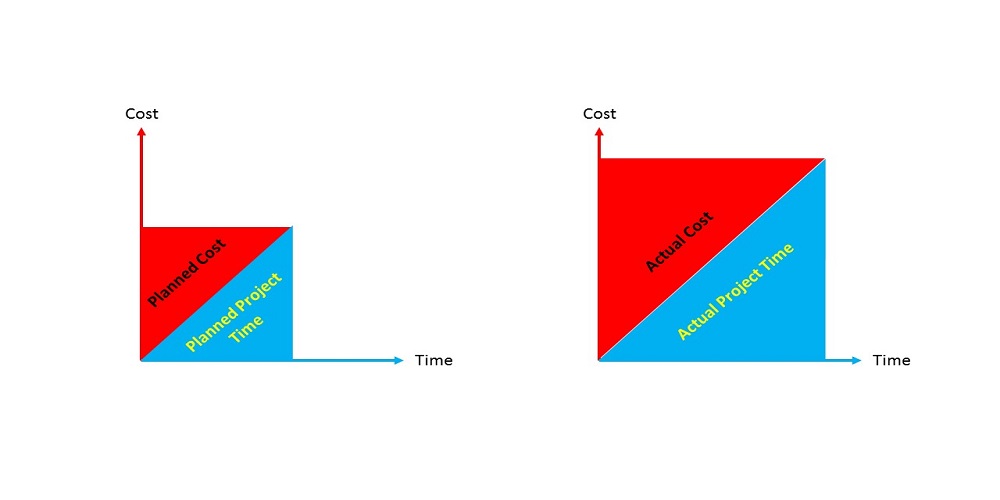ERP Implementation vs. Building a House
Founder & CEO, Pulse 366 | Enabling AI for Business Leaders | Global Management Consultant | IPE, BUET | 11 July, 2019 (Thursday)View 1962

In order to make people understand what it takes to implement ERP successfully, I always use the example of building a house. This is how I am able to convince the management as well as the users to follow the right path to get the expected result from ERP.
How we build a house
Let’s say you want to build a modern house with a 3-story building (as shown in the above picture) enough to provide accommodation to your spouse, children and parents. Each of the residents will have his/her own expectations and requirements.
Many of them will want a room having window on the south. Some of them will want to have two windows. Many of them will try to avoid direct sunlight in the morning. Majority of them may want to stay on the 1st floor, because the top floor could be hot in the summer and ground floor may get less air flow. Everybody will want a great view from his room through the window. One may not want to stay close to the kitchen…. … these requirements go on and on.
Now, it is impossible to fulfill all of these requirements 100%. Also, requirement doesn’t mean necessity. Therefore an architect will have to analyze all of these requirements. The architect knows how the building is constructed, what’s possible and what’s not. He also knows how to provide the best possible comfort to everybody. He will consider electrical, plumbing, heating, cooling, technology best practices to design the layout of the rooms, kitchen, dining space, drawing space, bathrooms and all others. He will have to explain everyone and at the end get the validations. The architect must work closely with contractors, builders, and even interior designers. From the approved layout, he will make the blueprint for the constructors. Finally, the constructors will build the house.
What if there was no architect
Just imagine, if the residents directly work with the constructors, without going through an architect, without any layout or blueprint, would the house stand? Even if it stands, would it provide satisfaction to the resident? Would it be even useful? The answers of all these questions would be a big “NO”.
ERP Implementation is no different than Building a House
Implementing ERP without Business Analyst (BA) is same as building a modern house without an architect. The role of a Business Analyst in ERP implementation is same as the role of an architect in building a house. Instead of residents, the BA will get requirements from organization’s employees and managements.
The architect doesn’t construct the house, but has knowledge how it is done. Similarly the BA doesn’t write programming codes but he has knowledge how it works. The architect knows the best practices of different types of rooms. The BA knows the best practices of different business functions such as Sales, Supply Chain, Manufacturing, Warehousing, Procurement etc.
BA also knows the technology best practices. He will analyze the business requirements and prepare the to-be process maps. He will get validation of the process and prepare system design blueprint. The software vendor will follow the blueprint and construct (configure/customize) the software. Business Analyst must work closely with ERP vendor, users, managements and software developers.
ERP will not succeed without BAs
A house cannot fulfill the requirements and expectations without the architect. 75% ERP projects fail because of implementing it without Business Analysts. Read more on: 75% ERP projects fail, only 2 reasons!
----------------------
#ipebulbul #360BA
#ERP #OerationsManagement #BusinessAnalysis













